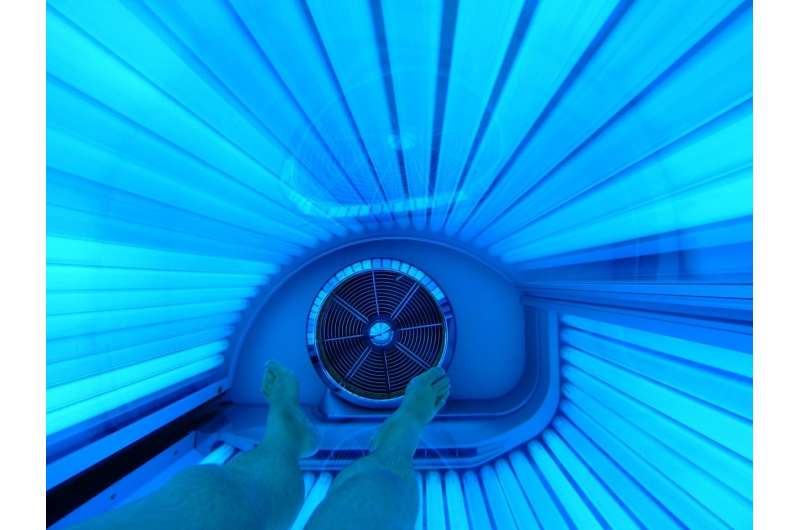Are Proficient Swimmers Truly Safe in Natural Water Environments?

Recent research reveals that swimming proficiency in indoor pools does not guarantee safety in natural outdoor water environments. Emphasizing outdoor experience is vital for effective drowning prevention.
Swimming skills learned mainly in indoor pools do not necessarily translate to safety in outdoor water settings. Although Norway emphasizes swimming training within controlled, heated pools, most water-related accidents happen outdoors in lakes, rivers, and the sea—where environmental conditions are unpredictable and often more hazardous.
Experts from the Norwegian University of Science and Technology, including assistant professor Jon Sundan and professor Monika Haga, highlight that current instructional practices focus on basic swimming on stable surfaces, such as floating, diving, and simple rescue skills. While these are essential, they do not prepare children for the complexities of natural aquatic environments, which involve colder temperatures, currents, waves, and limited visibility.
Research comparing swimming proficiency in pools versus lakes revealed a significant gap: about 80% of children were considered competent swimmers in pools, but only about 30% could demonstrate similar skills outdoors. Using the Norwegian standard for swimming proficiency, the study underscores the importance of outdoor practice and more realistic training conditions to enhance safety.
The researchers advocate for incorporating outdoor swimming sessions into the physical education curriculum and improving teaching competencies to better prepare children for real-world water challenges. Recognizing that water safety depends more than just swimming ability, they emphasize education about water behavior, risks, and resilience to environmental unpredictability.
Overall, developing true water safety requires a comprehensive approach that combines indoor skills with outdoor experience and knowledge, ensuring children are better equipped to handle the dangers of natural water environments.
Source: https://medicalxpress.com/news/2025-07-proficient-swimmer-safe.html
Stay Updated with Mia's Feed
Get the latest health & wellness insights delivered straight to your inbox.
Related Articles
Experts Call for Ban on Commercial Sunbeds in the UK to Combat Skin Cancer Risk
Experts urge the UK to ban commercial sunbeds due to their significant contribution to skin cancer, especially among youth. Despite existing laws, many young people still access these devices, highlighting the need for a comprehensive ban and public education.
Obese Individuals' Tiny Cell Messengers Amplify Alzheimer's Plaque Formation in the Brain
New research reveals how tiny extracellular vesicles from fat tissue in obese individuals speed up Alzheimer’s-related plaque formation, opening avenues for targeted therapies.
Understanding What Causes Muscle Cramps During Exercise and the Role of Playing Surfaces
Recent research indicates that the mechanical properties of playing surfaces significantly influence muscle cramps during exercise. Understanding surface-related fatigue can help athletes and coaches develop better prevention strategies.
New Insights into SARS-CoV-2: The Role of nsp15 Protein in Immune Evasion and Viral Virulence
Scientists have uncovered the role of nsp15 protein in SARS-CoV-2, revealing how it helps the virus evade immune responses and increase its infectivity. Targeting this protein could lead to new antiviral therapies for COVID-19 and related viruses.



